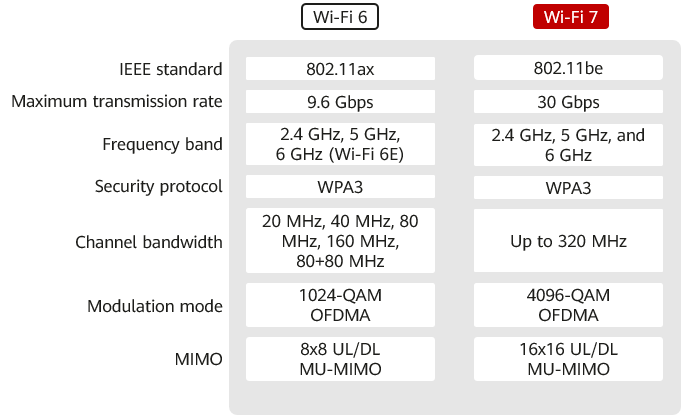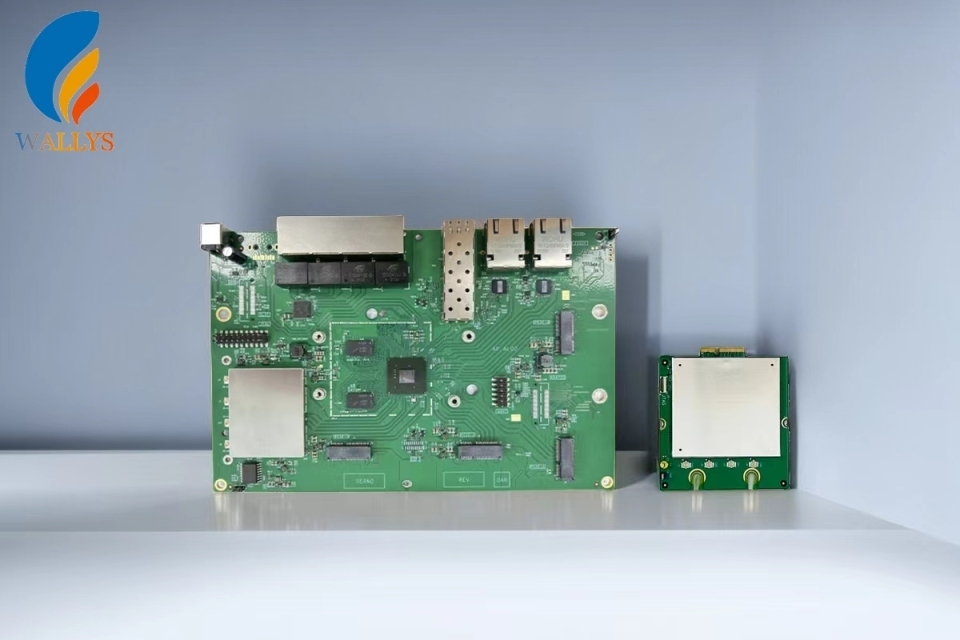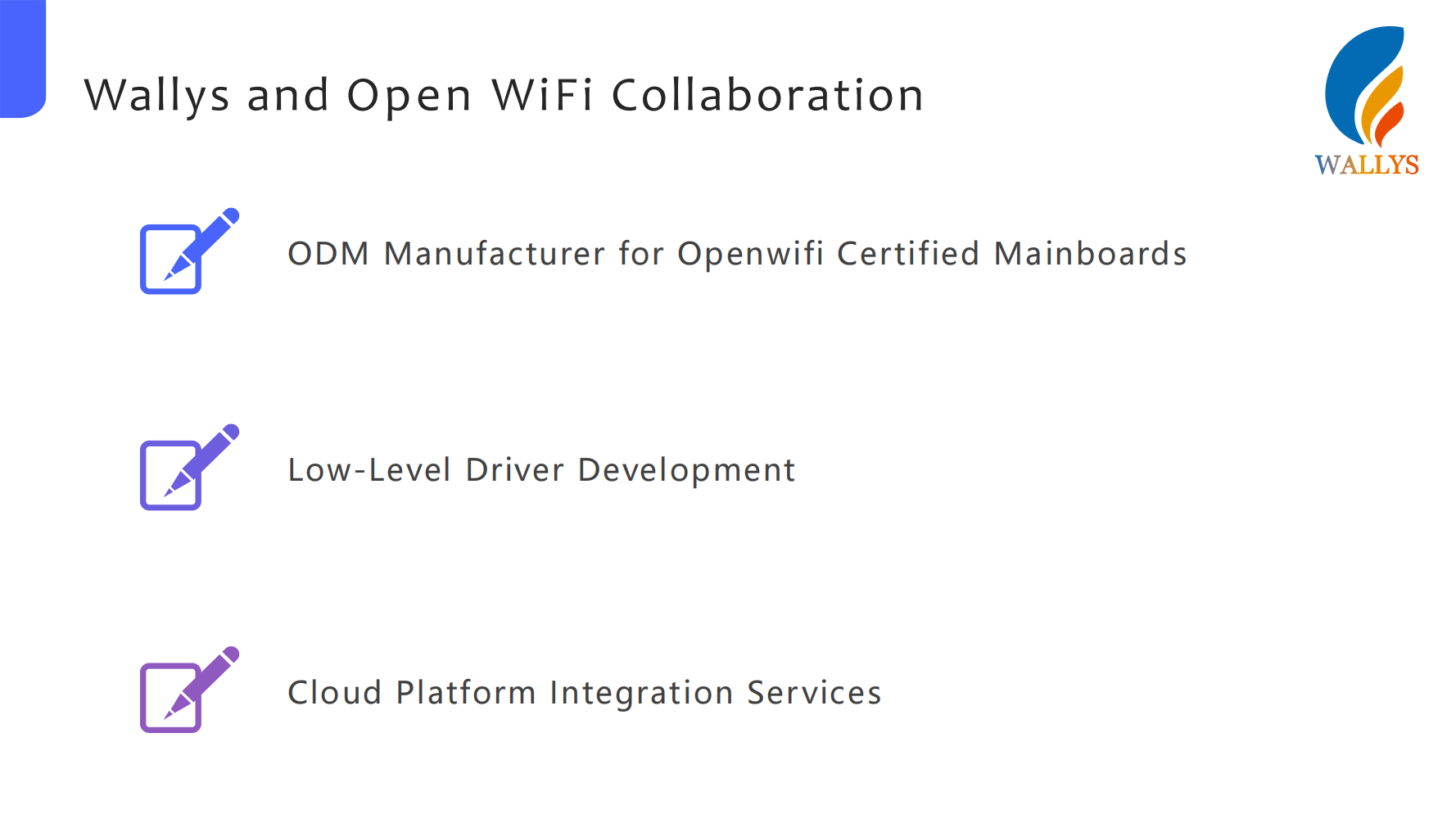IPQ5018 VS IPQ6010 VS IPQ9574|Advancing Wireless Connectivity: The Power of Wi-Fi 6 & Wi-Fi 7

IPQ5018 VS IPQ6010 VS IPQ9574|Advancing Wireless Connectivity: The Power of Wi-Fi 6 & Wi-Fi 7
In the ever-evolving landscape of wireless networking, two game-changers have emerged, promising to redefine our connectivity experience: Wi-Fi 6 and Wi-Fi 7. These standards represent significant milestones, ushering in a new era of speed, efficiency, and innovation. In this blog post, we’ll take a closer look at what Wi-Fi 6 and Wi-Fi 7 bring to the table and how they are poised to revolutionize Point-to-Point (P2P) and Point-to-Multipoint (P2MP) networks.
1. Wi-Fi 6 and Wi-Fi 7: A Quick Overview
Wi-Fi 6 (802.11ax):
Higher Data Rates: Wi-Fi 6 offers theoretical peak data rates of up to 9.6 Gbps, a substantial improvement over its predecessor, Wi-Fi 5.
Improved Efficiency: It employs advanced technologies like MU-MIMO (Multi-User, Multiple-Input, Multiple-Output) and OFDMA (Orthogonal Frequency Division Multiple Access) to handle multiple devices simultaneously, making your network more efficient.
Better Performance in Crowded Areas: With OFDMA and BSS Coloring, Wi-Fi 6 reduces interference, ensuring smoother operation even in densely populated environments.
Wi-Fi 7 (802.11be):
Extreme Speeds: Wi-Fi 7 is on the horizon, promising peak speeds of up to 30 Gbps, making it a game-changer for bandwidth-intensive applications.
Lower Latency: Reduced latency is crucial for real-time applications such as online gaming and video conferencing.
Enhanced Security: Wi-Fi 7 incorporates improved security mechanisms to protect against emerging threats, enhancing your network’s resilience.
2. P2P Applications
Point-to-Point (P2P) networks involve connecting two endpoints directly, making them ideal for scenarios that require high-speed, reliable communication. Wi-Fi 6 and Wi-Fi 7 routers are tailor-made for P2P applications:
Wireless Backhaul: These routers are the go-to solution when laying physical cables isn’t feasible or cost-effective. They are invaluable for Internet Service Providers (ISPs), remote offices, and bridging the digital divide in rural areas.
Fixed Wireless Access (FWA): Wi-Fi 6 and Wi-Fi 7 provide gigabit-level speeds, offering a viable alternative to traditional wired broadband connections.
High-Quality Video Streaming: With minimal latency, P2P links using Wi-Fi 6 or Wi-Fi 7 can seamlessly stream 4K, 8K, or even VR content.
Point-to-Point IoT Connectivity: These routers ensure dependable, high-speed data transfer for Internet of Things (IoT) applications that demand it.
3. P2MP Applications
Point-to-Multipoint (P2MP) networks involve one sender communicating with multiple receivers. Wi-Fi 6 and Wi-Fi 7 routers bring several advantages to P2MP setups:
Multicast Efficiency: These routers support efficient data transmission to multiple devices with minimal overhead, making them ideal for broadcasting information to multiple recipients.
Public Wi-Fi Hotspots: Deploying Wi-Fi 6 and Wi-Fi 7 routers in public areas as access points allows for faster and more reliable connectivity for multiple users.
Smart City Applications: P2MP networks play a pivotal role in smart city initiatives, facilitating the collection and distribution of data from sensors and devices to central control systems.
Educational and Enterprise Environments: In schools and businesses, these routers can handle multiple connections, making them suitable for classrooms, large meeting spaces, and collaborative work environments.
Introducing Wallys Wifi6 & Wifi 7 Qualcomm SoC
Wallystech, with over a decade of experience, is at the forefront of research, development, and Linux expertise. Their innovative software solutions for Qualcomm chips cater to diverse WiFi requirements. Moreover, their robust hardware design team ensures signal integrity, even in challenging tasks like frequency conversion of network cards.
For more information and to explore the latest advancements in wireless technology, visit Wallystech website.
Cost Effective WiFi6 SoM Solution:
DR5018M(Qualcomm IPQ5018 Commercial Solution)
To achieve cost savings while maintaining flexibility, we can design different baseboards according to your various project requirements while using the same SOM module. This approach helps reduce overall expenditures by avoiding the need for separate router boards for each project.
Last WiFi7 Solution:
DR9574 routerboard (Qualcomm IPQ9574 Industrial Solution)
DR9274 network card(Qualcomm IPQ9274 Industrial Solution)
DR9574+DR9274, the latest Qualcomm WiFi 7 solution, offers advanced performance that keeps your product up-to-date. It is the ideal choice for developing new products, learning, and testing WiFi 7 performance.

Openwifi Hardware Solution:
What’s more,below is our collaboration with openwifi for your reference.

In conclusion, Wi-Fi 6 and Wi-Fi 7 are set to transform the way we connect, whether it’s for high-speed data transfer, seamless streaming, or powering smart cities. The future of wireless networking looks promising, and these technologies are paving the way for a more connected world. #WiFi6 #WiFi7 #WirelessNetworking #Technology #Innovation
For more information , please visit our website at https://www.wallystech.com/ or contact our sales team at sales1@wallystech.com. We eagerly await the opportunity to assist you in fulfilling your wireless connectivity needs.











评论